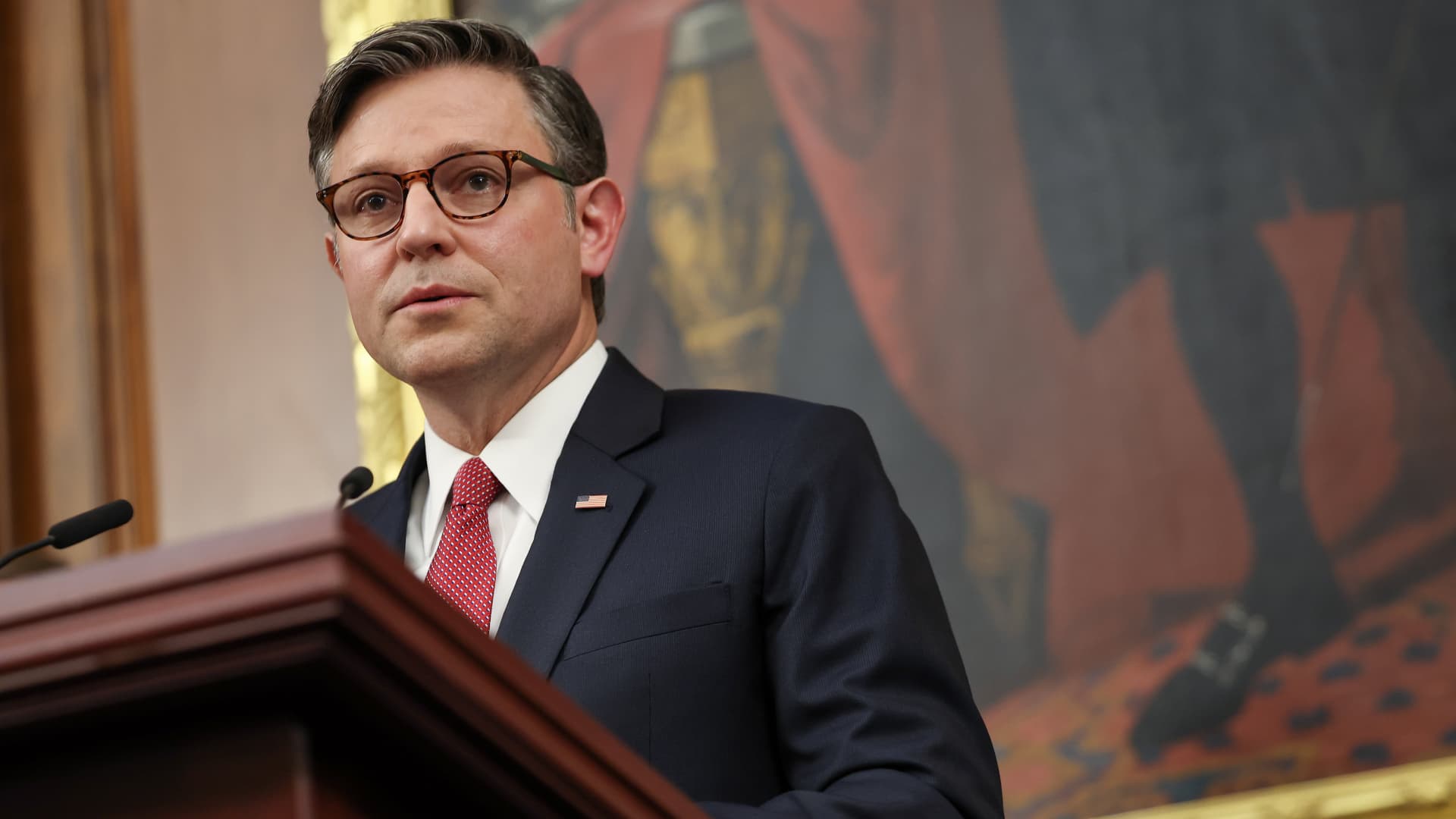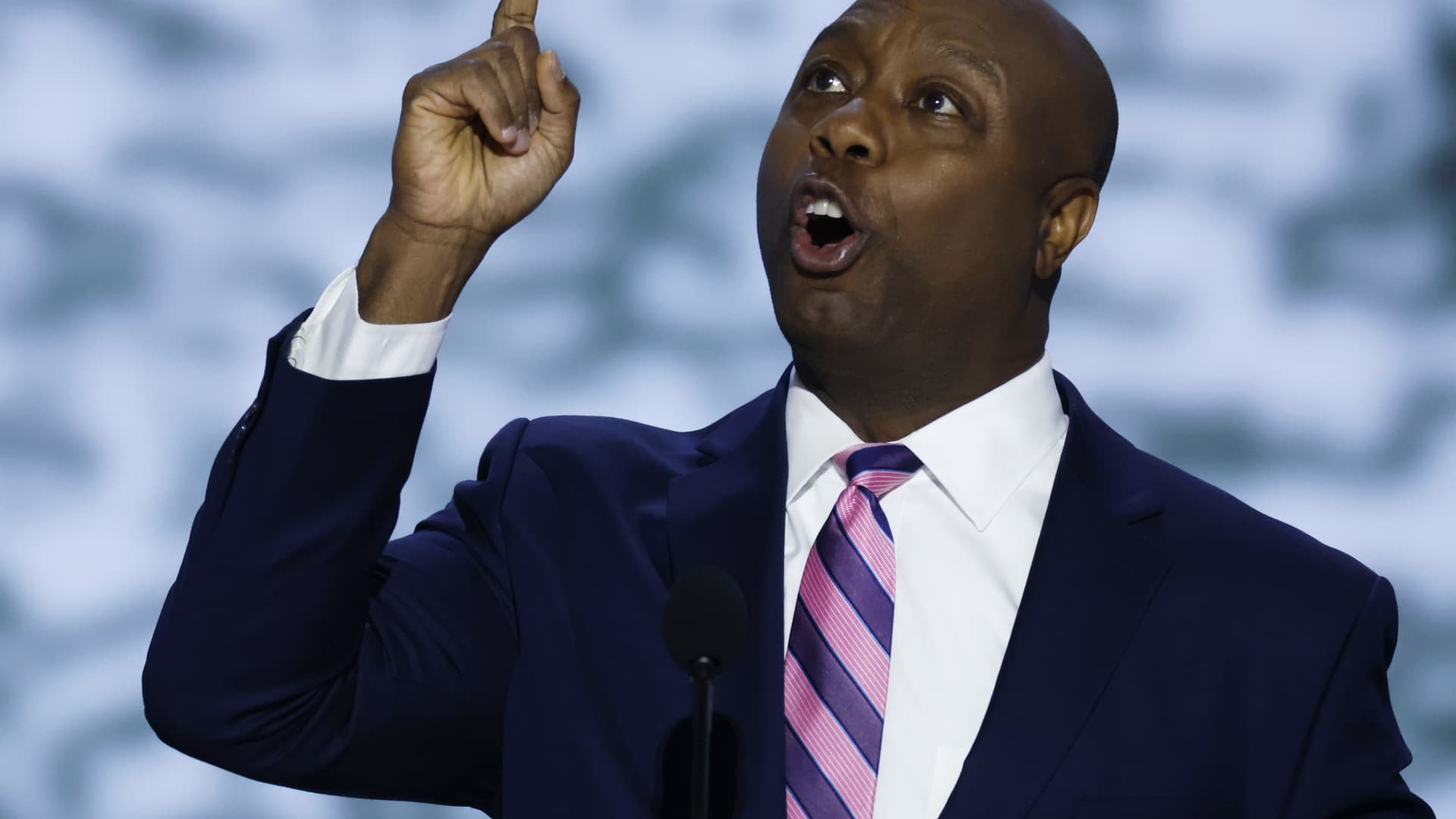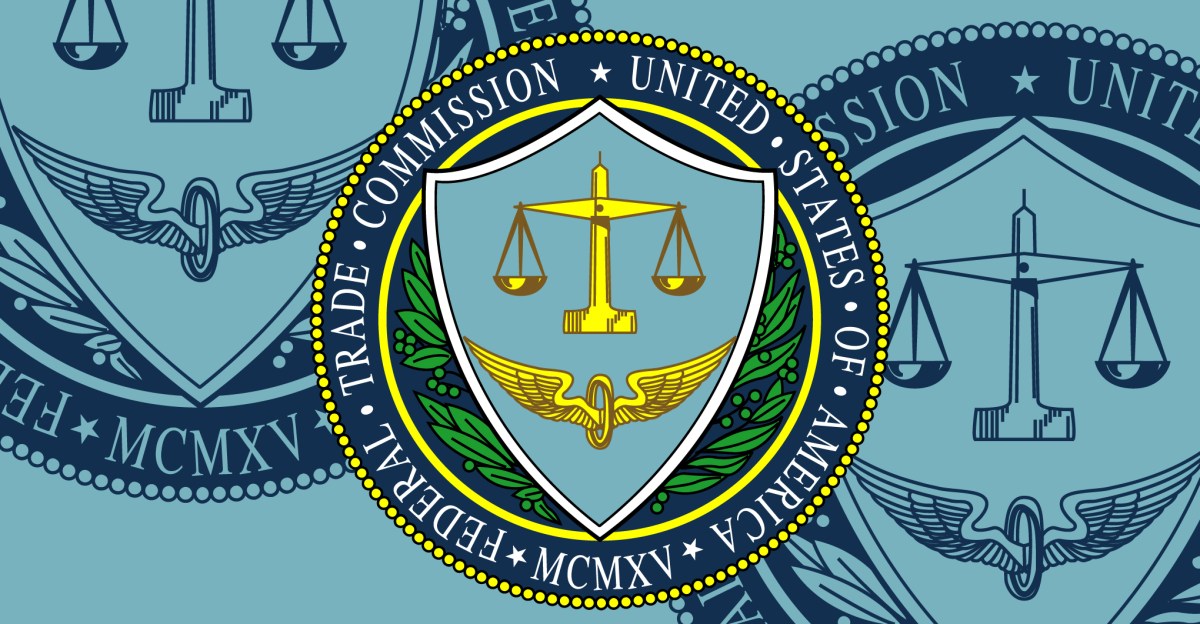Kevin Mohatt | Reuters
In remarks to be delivered to two congressional committees this week, Powell characterized economic growth as strong and the labor market to be around full employment.
However, he noted that inflation is still above the Fed’s 2% target, with the impact that President Donald Trump’s tariffs will have still unclear.
“Policy changes continue to evolve, and their effects on the economy remain uncertain,” Powell said. “The effects of tariffs will depend, among other things, on their ultimate level.”
Repeating what has become familiar language from the Fed chief, Powell said policymakers are “well positioned to wait to learn more about the likely course of the economy before considering any adjustments to our policy stance.”
The cautious tones could further antagonize Trump, who has ramped up his long-standing criticism of Powell. In his latest broadside, posted early Tuesday on the president’s Truth Social platform, Trump said he hopes “Congress really works this very dumb, hardheaded person, over.”
Powell will present his comments, along with the Fed’s monetary policy report, first to the House Financial Services Committee on Tuesday morning, then the Senate Banking Committee a day later.
Inflation seen drifting up
Most of the speech was boilerplate language that Powell has used to describe the economy, which he said “remains solid,” a word he also used to characterize the labor market.
However, on inflation he said the Fed’s preferred measure is likely to move up to 2.3% in May, with the core measure excluding food and energy to edge up to 2.6%. The respective readings for April were 2.1% and 2.5%.
Tariffs historically have resulted in one-time price increases and only occasionally have been responsible for longer-term inflation pressures. Powell said he and his Federal Open Market Committee colleagues will be weighing that balance and feel in no hurry to adjust policy until they have more data to view on how tariffs are working this time around. The FOMC is the central bank’s rate-setting arm.
“The FOMC’s obligation is to keep longer-term inflation expectations well anchored and to prevent a one-time increase in the price level from becoming an ongoing inflation problem,” Powell said. He added that the Fed will seek to balance its dual goals of full employment and low inflation “keeping in mind that, without price stability, we cannot achieve the long periods of strong labor market conditions that benefit all Americans.”
The FOMC voted unanimously last week to hold rates steady.
However, an update to individual members’ future expectations — the “dot plot” grid — showed a split among members. Nine of the 19 officials favored either zero or one cut this year, while eight saw two cuts and two others expected three. The plot is done anonymously, so there is no way of knowing the outlook of individual members.
Over the past several days, however, two key FOMC voters, Governors Michelle Bowman and Christopher Waller, said they would favor a reduction in July so long as the inflation data remains in check. The consumer price index rose just 0.1% in May, echoing other indicators showing muted prices pressures so far from tariffs.
Futures market pricing indicates only a 23% probability of a cut at the July 29-30 meeting, with a much higher probability of the next reduction coming in September, according to the CME Group’s FedWatch gauge.
















Leave a Reply